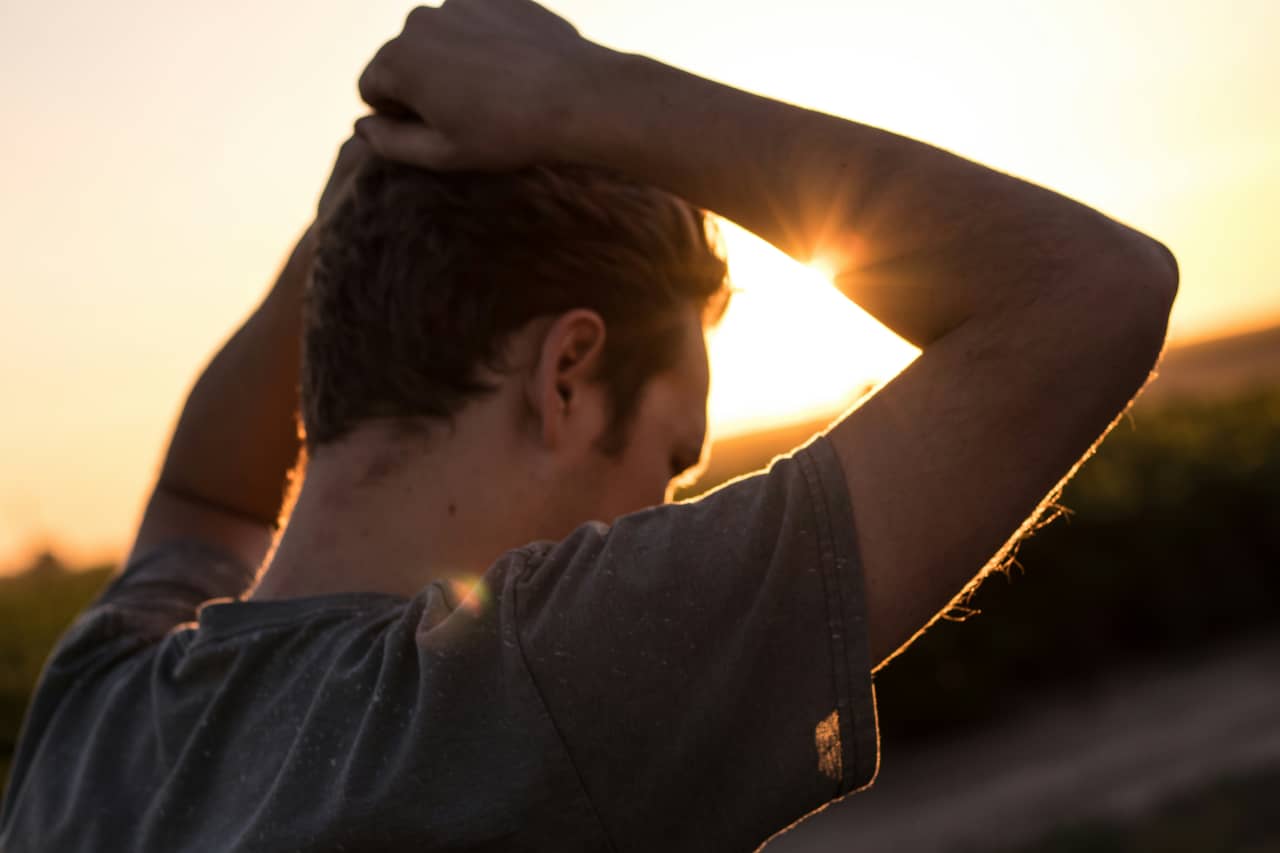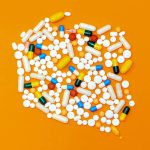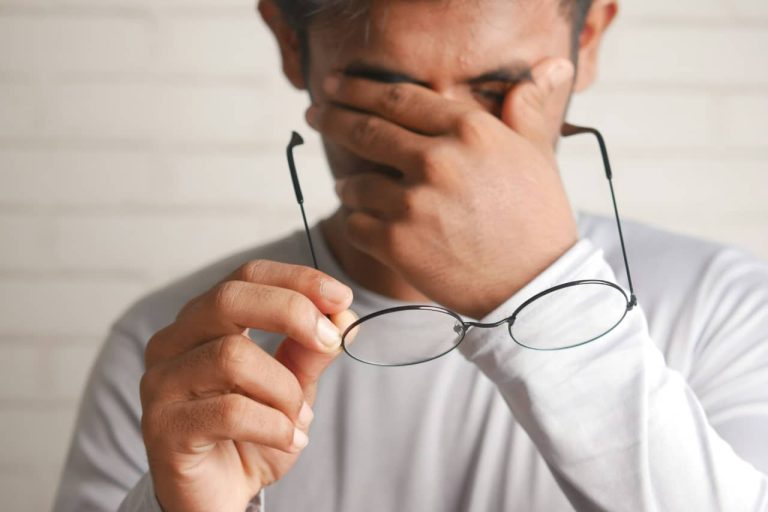What Happens When You Swallow Cocaine?
Eating or swallowing cocaine is far more dangerous than many people realize. While most associate cocaine use with snorting or injecting, ingestion through the mouth is another method of consumption that comes with serious, and sometimes fatal, health risks. Whether done accidentally or intentionally, ingesting cocaine can lead to severe physical and psychological consequences. In this blog, we explore what happens if you eat cocaine, how it affects the body, and why this method of use is especially dangerous.
Do People Actually Eat Cocaine?
Yes, people do eat or swallow cocaine. Some may do it deliberately, hoping to experience a longer-lasting high. Others may ingest it accidentally—through body packing (smuggling), chewing coca leaves, or panicking during an encounter with law enforcement. Regardless of the intent, ingesting cocaine is extremely risky. It absorbs more slowly when swallowed, but that doesn’t make it safer. It can delay the onset of effects and lead to accidental overdose as users consume more, not realizing how much has entered their system.
Can You Get High from Eating Cocaine?
Yes, eating cocaine can cause a high, but the effects are different from snorting or injecting. Swallowing cocaine results in a delayed onset—often taking 30 to 60 minutes for noticeable effects. The high may be milder at first but can last longer. However, the unpredictability of dosage absorption makes it more dangerous. Since the liver and gastrointestinal system metabolize the substance differently, users often experience more intense and longer-lasting side effects. These include anxiety, nausea, irregular heartbeat, and hallucinations.
How the Body Processes Ingested Cocaine
Delayed Onset and Duration of Effects
When you ingest cocaine, it passes through the digestive tract before entering the bloodstream. This process delays the high, which can prompt users to take more—often leading to toxic levels of the drug in the body. Once absorbed, cocaine travels to the brain and nervous system, interfering with dopamine reuptake and creating feelings of euphoria and alertness. However, because the onset is slower and the effects more drawn out, users are at greater risk of misjudging how much they’ve taken.
Risks of Eating Too Much Cocaine
What happens if you eat too much cocaine? Overdose. Unlike other routes, swallowing cocaine bypasses initial filters like nasal membranes or skin. This means large quantities can build up in the bloodstream without early warning signs. Symptoms of overdose include seizures, heart palpitations, extreme agitation, vomiting, hallucinations, and even cardiac arrest. Once swallowed, there is little you can do to stop the absorption process without medical intervention.
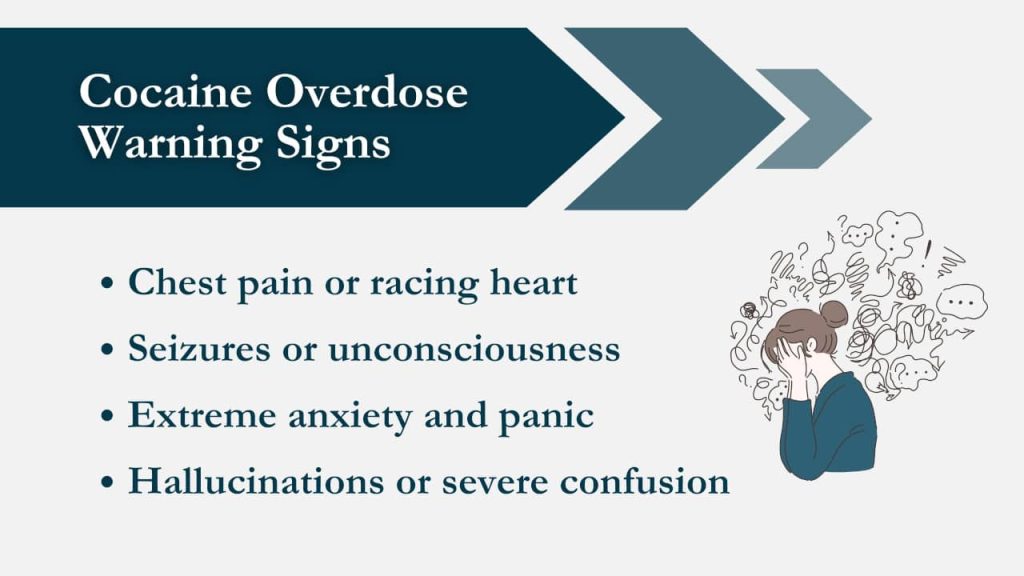
Dangers of Eating Cocaine
Gastrointestinal Complications
Cocaine is a vasoconstrictor—it narrows blood vessels. When ingested, it can severely damage the gastrointestinal tract. Users have reported symptoms like intense stomach pain, vomiting blood, and bowel perforation. In extreme cases, parts of the intestine may lose blood supply and die off, leading to life-threatening internal infections. These issues are particularly common in people who swallow cocaine in packets or balloons (known as body packers), but even a single large dose can cause damage.
Cardiovascular Dangers
What happens when you eat cocaine is particularly alarming when it comes to the heart. The drug increases heart rate and blood pressure, potentially triggering arrhythmias, heart attacks, or strokes. Cocaine-related cardiac events are among the leading causes of death in otherwise healthy young adults who use the drug. Swallowing cocaine may amplify these effects due to the unpredictability of absorption and dosage.
Neurological and Psychological Effects
The impact of ingested cocaine isn’t just physical. High doses can cause severe anxiety, paranoia, panic attacks, and psychosis. Users may experience hallucinations, disorientation, or aggressive behavior. Prolonged use can lead to long-term cognitive impairments, memory issues, and an increased risk of developing mood disorders. Because ingestion bypasses harm-reducing rituals or measurement controls, psychological symptoms can escalate rapidly and unpredictably.
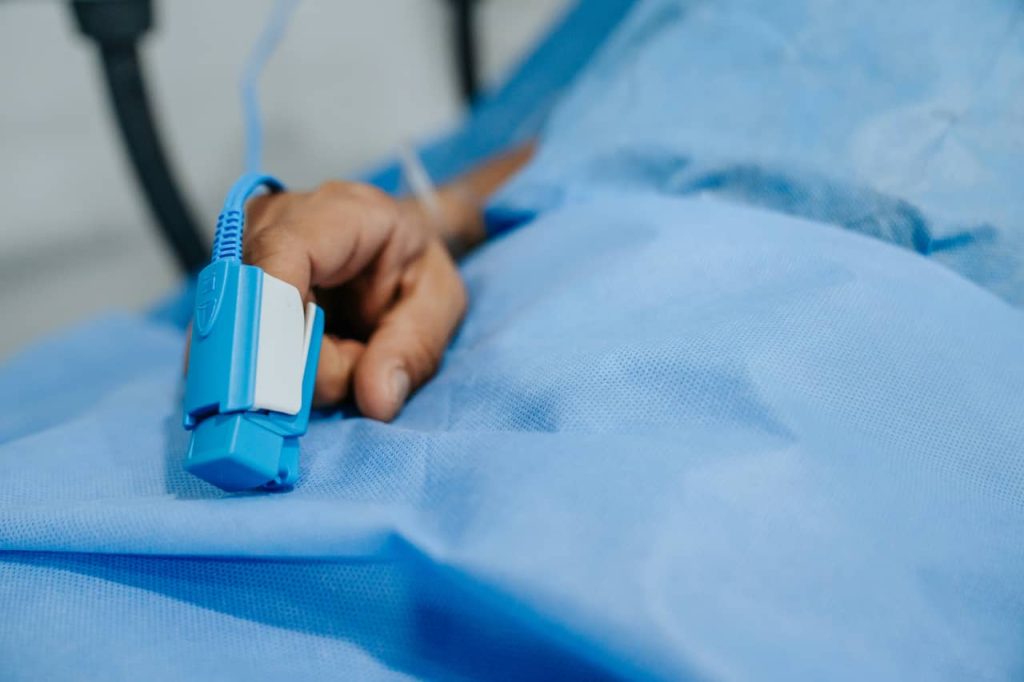
Overdose Potential and Warning Signs
Factors Increasing Overdose Risk
Several factors increase the danger of overdose when cocaine is swallowed:
- Amount consumed: The more cocaine ingested at once, the greater the likelihood of a toxic reaction and serious side effects such as heart problems or seizures. Overconsumption often occurs when users don’t feel effects right away and take more.
- Body weight and tolerance: Individuals with lower body weight or little experience using cocaine are more susceptible to the drug’s harmful effects and may overdose on smaller amounts. Regular users may also misjudge their tolerance.
- Polysubstance use: Combining cocaine with alcohol, opioids, or other substances can dramatically increase the strain on the cardiovascular system and elevate overdose risk. Cocaethylene, a toxic byproduct of mixing cocaine and alcohol, further worsens outcomes.
- Ingestion method: The form in which cocaine is consumed—such as chewing coca leaves versus swallowing pure powder or crack—affects the rate and intensity of absorption, influencing overall danger. Some forms break down more quickly in the digestive system, increasing toxicity.
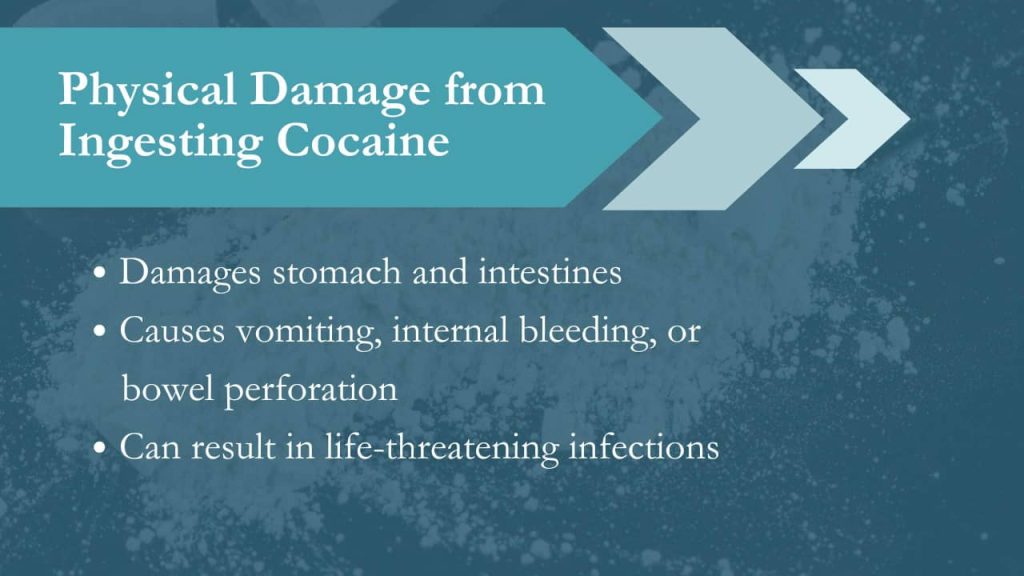
Symptoms of Cocaine Overdose
Recognizing the signs of cocaine overdose is crucial:
- Chest pain: A sharp or tight pain in the chest may signal a heart attack or cardiac distress. This is one of the most immediate and dangerous symptoms.
- Extreme anxiety or panic: Overwhelming fear or agitation may occur even without an apparent cause. These psychological symptoms can spiral quickly.
- Elevated body temperature: High internal temperature can lead to heat stroke and organ damage. It may go unnoticed until it becomes dangerous.
- Irregular or rapid heartbeat: Dangerous arrhythmias may precede a heart attack. Immediate medical intervention is necessary.
- Hallucinations or confusion: Users may see or hear things that aren’t there and struggle to think clearly. These symptoms may lead to dangerous behavior or self-harm.
- Seizures: Involuntary shaking and muscle contractions are a medical emergency. They can occur suddenly and without warning.
- Loss of consciousness: Fainting or unresponsiveness may indicate life-threatening toxicity. Emergency services should be contacted right away.
Snorting vs. Ingesting: Risk Profiles
While all forms of cocaine use carry serious health risks, ingesting cocaine is often more dangerous due to delayed absorption and harder-to-control dosages. Snorting may cause nasal damage over time, but it offers faster feedback on how much is too much. Ingesting cocaine offers no such margin. Once swallowed, there’s no turning back—it must run its course in the digestive system.
Eating vs. Drinking Cocaine
Some users attempt to mix cocaine with drinks. What happens if you drink cocaine? Similar to eating it, the drug enters the digestive system, delays onset, and increases the risk of overdose. Mixing cocaine with alcohol is particularly dangerous—it creates a toxic chemical called cocaethylene, which places even greater stress on the heart and liver. Drinking cocaine, whether dissolved in liquid or combined with alcohol, is never safe.
Seeking Help and Treatment Options
Recognizing Cocaine Use Disorder
If you or someone you know is experimenting with different ways of using cocaine—eating it, drinking it, or otherwise—it may be a sign of developing cocaine use disorder. Warning signs include:
- Increased frequency or amount of use: Using more cocaine or using it more often may indicate rising dependence. People often chase the same high and take greater risks over time.
- Risky behaviors or hiding use: Engaging in secretive behavior or taking dangerous risks while under the influence is a red flag. This includes using in unsafe environments or consuming cocaine in unfamiliar ways.
- Failed attempts to quit: Repeated efforts to stop using cocaine that are unsuccessful often point to an addiction. This pattern is common even among individuals who remain high-functioning.
- Strong cravings and withdrawal symptoms: Intense urges to use and experiencing physical or emotional discomfort without the drug suggest a deepening dependence. These symptoms can intensify over time.
Recovering from Cocaine Addiction
Recovering from cocaine addiction is a multi-step journey that requires support, structure, and patience. It starts with detox, during which the body clears itself of the drug and withdrawal symptoms emerge. This is often followed by a period of intensive therapy to help individuals understand their triggers, manage cravings, and develop healthy coping strategies.
Evidence-based treatments like Cognitive Behavioral Therapy (CBT), Motivational Interviewing (MI), and trauma-focused care are often used to help clients rebuild their lives. Participation in support groups also fosters community and accountability. Recovery isn’t just about stopping use—it’s about rediscovering purpose, rebuilding relationships, and healing the root causes of addiction. With the right guidance, even those with long histories of cocaine use can find lasting freedom and stability.
Compassionate Recovery at The Ohana
At The Ohana Hawaii substance abuse treatment center on the Big Island of Hawaii, we understand how destructive cocaine use can be—no matter how it’s consumed. Our treatment programs are built around compassionate, individualized care. We offer medically supervised detox, evidence-based therapies like CBT and DBT, and holistic services such as yoga, mindfulness, and nutritional support.
Our holistic approach to recovery addresses every aspect of well-being. In addition to therapy and detox support, clients benefit from physical movement, spiritual growth, trauma-informed care, and nourishing meals. By healing the whole person—mind, body, and spirit—we help clients build sustainable recovery from the inside out. Our team recognizes that substance use is often rooted in deeper pain, and our serene environment creates the space needed to reflect, reset, and move forward.
Located in a peaceful, restorative setting, The Ohana gives clients space to heal—physically, emotionally, and spiritually. If you’re struggling with cocaine use or have questions about what happens if you eat cocaine, our team is here to help. Reach out today and begin your path to recovery with expert support and a judgment-free community.
Call us now to learn more.

